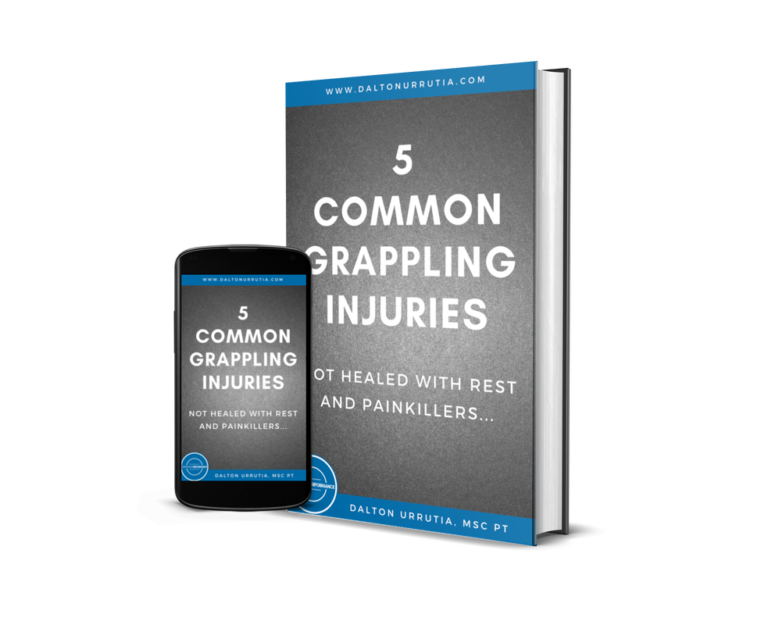9 Risks for Achilles Tendinopathy

The achilles tendon is the largest and strongest in the whole body, however is still commonly prone to injury.
The presence of Achilles tendon pain, swelling and an impaired load-bearing capacity can indicate Achilles Tendinopathy.
This injury can be very debilitating and make training at full capacity difficult. Understanding the Risks for Achilles Tendinopathy can help you avoid the problem and stay on the mats.
On the same note, learning which treatments to avoid is important as well. Recent research has shown 10 treatments which can make tendon problems worse, read about them HERE….
Recent research has been published highlighting 9 main Risks for Achilles Tendinopathy, including:
- Prior lower limb tendinopathy or fracture
- Use of Ofloxacin antibiotics
- Increased time between heart transplantation and initiation of quinolone treatment for infectious disease
- Moderate alcohol use
- Training during cold weather
- Decreased isokinetic plantar flexor strength
- Decreased forward propulsion in gait
- Lateral rollover at forefoot flat phase
- Creatinine clearance of <60 mL/min in heart transplant patients.
Of these 9 factors, #6,7,8 are easily modifiable with strength development and biomechanical changes.
The video below focuses on #6 and highlights one of my favorite exercises to develop calf (plantar flexor) strength in multiple planes, which can positively impact your training.
#7 and #8 are important to understand and avoid as well. These are covered in a descriptive video you can find in our Performance Members Section HERE!
For now, check out a good exercise to develop calf strength and prevent achilles tendon problems.


